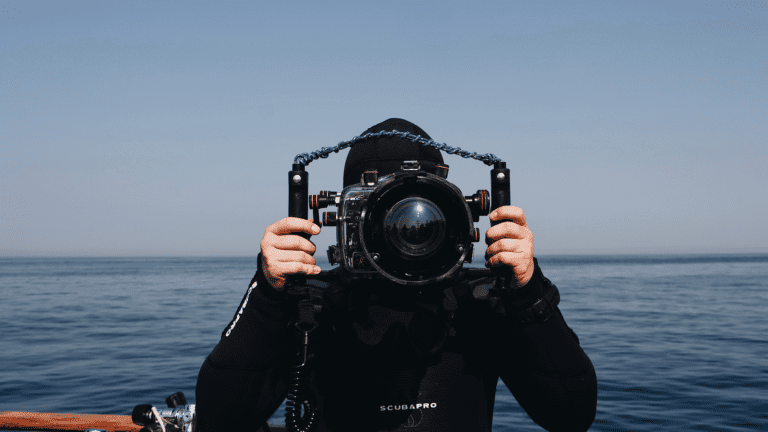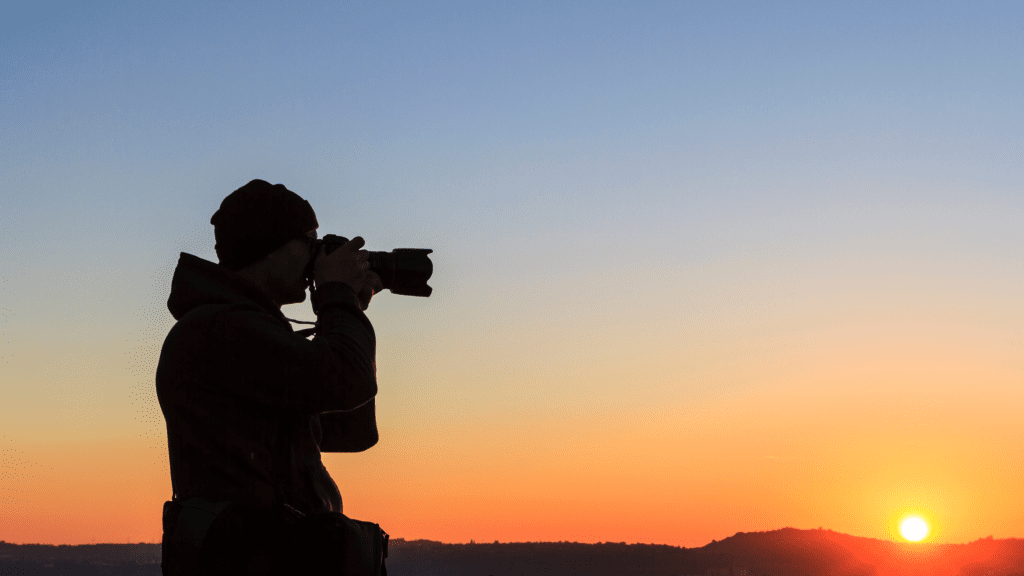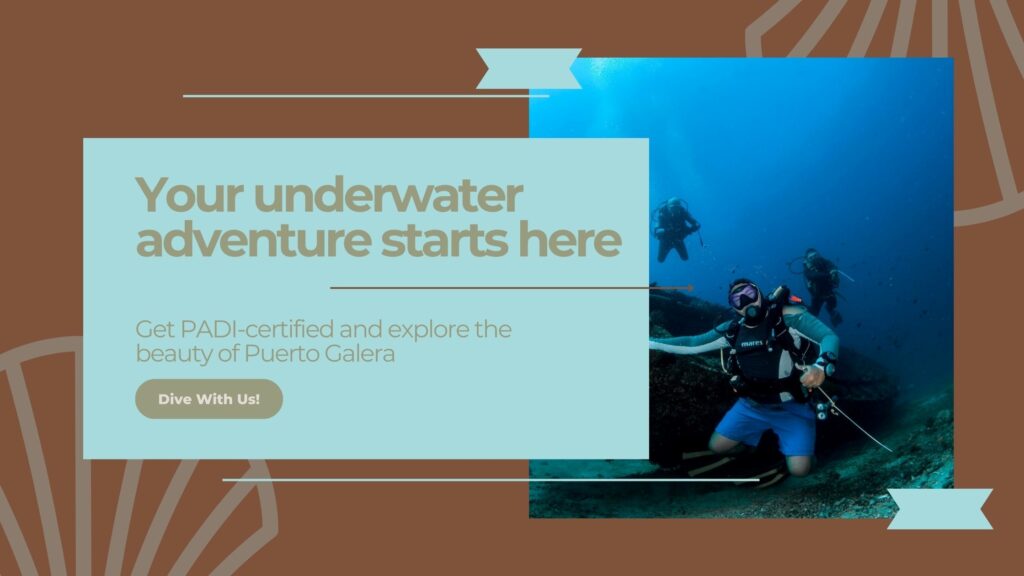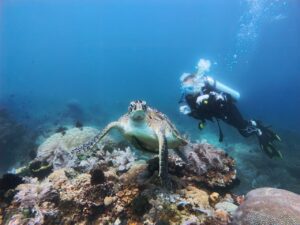Puerto Galera’s Monkey Beach offers a unique blend of natural elements, from tropical greenery and intricate rock formations to vibrant marine life. This guide will help you make the most of your time as you photograph this pristine holiday vacation!
1. Planning the Best Time for Light at Monkey Beach
Monkey Beach has a diverse mix of landscapes, which means that lighting plays a huge role in capturing its essence. Here’s how to make the most of Monkey Beach’s natural light:
- Golden Hour (Early Morning and Late Afternoon): For soft, warm tones, aim to shoot around sunrise or sunset. Morning light provides a gentle glow on the beach’s lush foliage and peaceful water. In the late afternoon, the light casts beautiful shadows over the rock formations.
- Midday for Underwater Photography: If you plan to capture marine life, the midday sun provides the best visibility underwater. The sunlight penetrates the water, illuminating the coral reefs and schools of fish just off the shore. A good time to jump in with your underwater housing!
2. Capturing the Coastline and Unique Rock Formations
Monkey Beach’s coastline is known for its jagged rocks and clear waters. This setting is ideal for creating dramatic landscape shots!
- Wide-Angle Shots: Use a wide-angle lens (16–24mm) to capture the expansive coastline and surrounding cliffs. Place the rocky outcrops in the foreground for a sense of depth.
- Framing with Rock Formations: Use the iconic rocks to frame your shots, drawing focus to the sandy beach or water beyond. For example, stand near the larger rocks and photograph out toward the ocean, using the rocks as a natural border.
- Reflections on the Wet Sand: After a wave recedes, the wet sand creates subtle reflections. Try low-angle shots along the shoreline to catch these reflections, which add an extra layer of dimension to your photos.

3. Documenting Marine Life and Coral Reefs
Monkey Beach is a great diving and snorkeling site and so it makes sense that it’s also a fantastic location for underwater photography, with a variety of colorful corals and vibrant marine life. To do this effectively, you’ll need waterproof gear and some specific techniques.
- Go Pro or Underwater Housing: If you don’t have a professional underwater camera, an action camera like a GoPro with a waterproof housing works well. This allows you to get close to marine life without bulky equipment.
- Best Spots for Marine Life: Snorkel just beyond the shoreline for the best coral views, or try the waters near the rocky outcrops. The currents can sometimes be mild, so check conditions and be mindful of tides.
- Approach Slowly for Close-Ups: Marine life can be easily spooked. Move slowly and use a wide-angle lens to get close without disturbing the fish or coral. This technique is especially effective for photographing the clusters of parrotfish and clownfish that frequent the area.
4. Emphasizing Monkey Beach’s Natural Flora and Fauna
Apart from its underwater world, Monkey Beach also boasts lush, tropical flora and curious wildlife like the occasional monkey (hence the name).
- Macro Photography for Beach Flora: Bring a macro lens if you want to capture details of tropical plants and flowers, like the small blossoms and textured leaves around the edges of the beach. Try isolating these details with a shallow depth of field for a dreamy, soft focus.
- Capturing Monkeys and Birds: Occasionally, you may spot monkeys exploring the trees near the beach. Keep a telephoto lens handy to capture them in action from a respectful distance. Birds also frequent the area, especially in the early morning, so stay alert and ready to snap.
5. Techniques for Capturing Movement in the Waves
Monkey Beach has beautiful crystal-clear waters, which vary in intensity depending on the tide and wind. Capturing this motion can bring your photos to life.
- Freezing Motion: Use a fast shutter speed (around 1/1000s) to capture the waves as they crash against rocks. This technique is especially striking when photographing the waves around the rocky areas.
- Long Exposure for Smooth Water: For a softer, almost misty effect on the waves, use a slow shutter speed (1–2 seconds) and a tripod. This technique works best on calmer days or with gentle waves. Position yourself close to the waterline but stay mindful of incoming waves.
- Focus on Tide Pools: During low tide, small tide pools appear around the rocks, reflecting the sky and surrounding scenery. These make for lovely close-ups that capture both the motion of the tide and the calm of the beach’s rocky outcrops.

6. Respecting the Environment While You Shoot
Lastly, as you capture the beauty of Monkey Beach, remember to leave it untouched. Avoid stepping on coral, do not feed or disturb wildlife, and pick up any litter you may find. Preserving this beach helps keep it photogenic and accessible for future travelers and photographers.
Final Thoughts
Photographing Monkey Beach is an experience as rich as the scenery itself. From the dynamic coastline and underwater life to the gentle slopes and lush greenery, this beach offers endless photo opportunities. With these tips, you’ll be set to capture Monkey Beach at its best, creating images that showcase its charm and breathtaking beauty.
Author: Zach Yanuario



